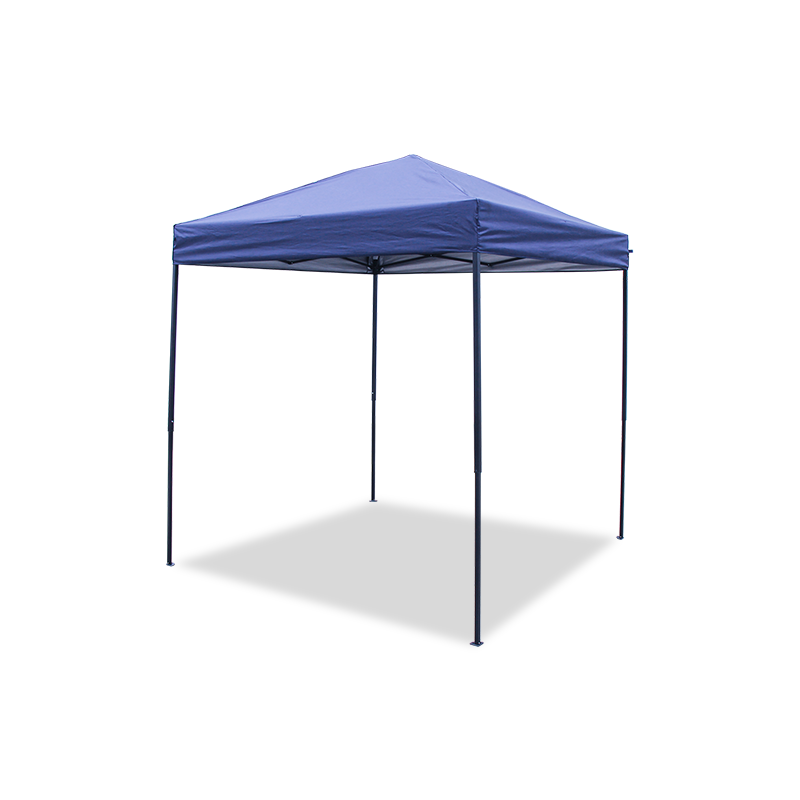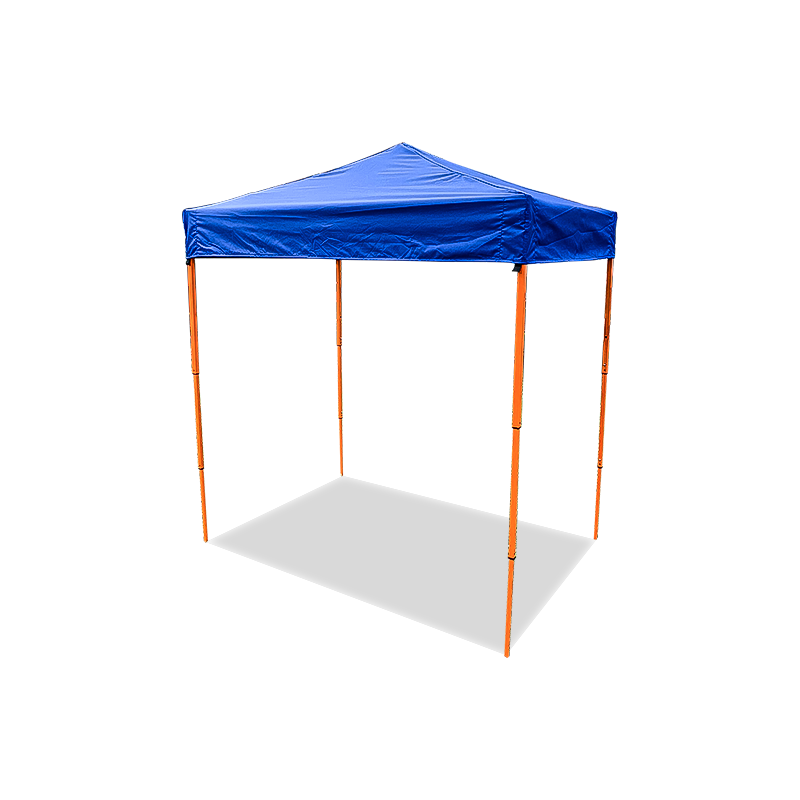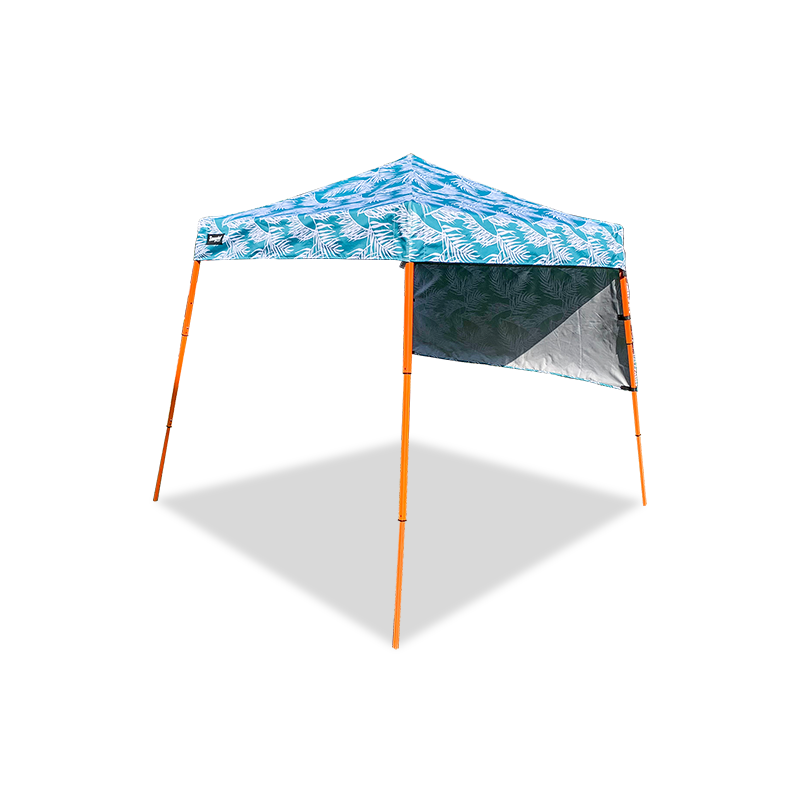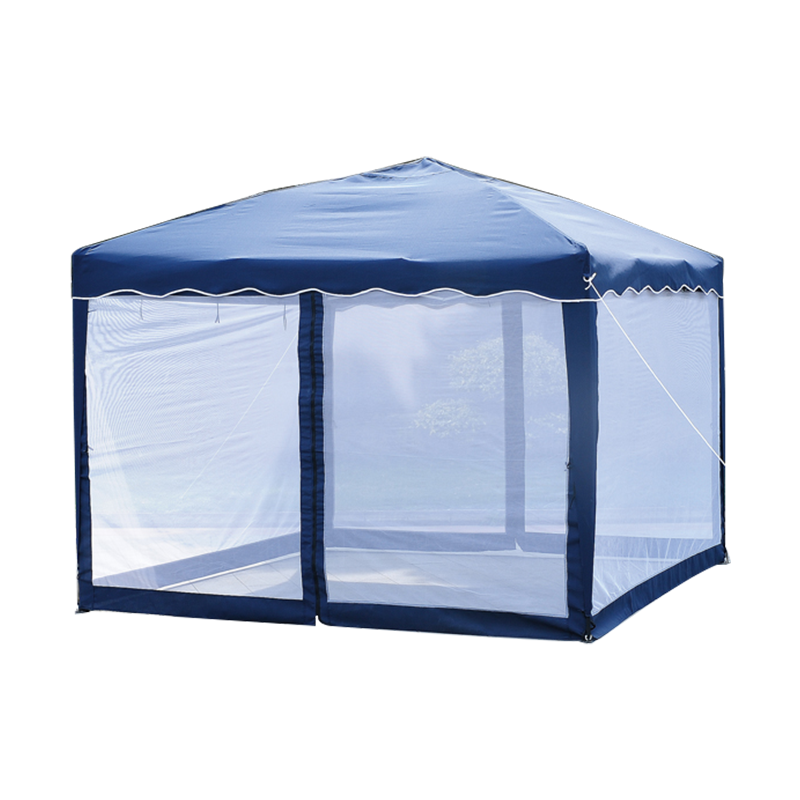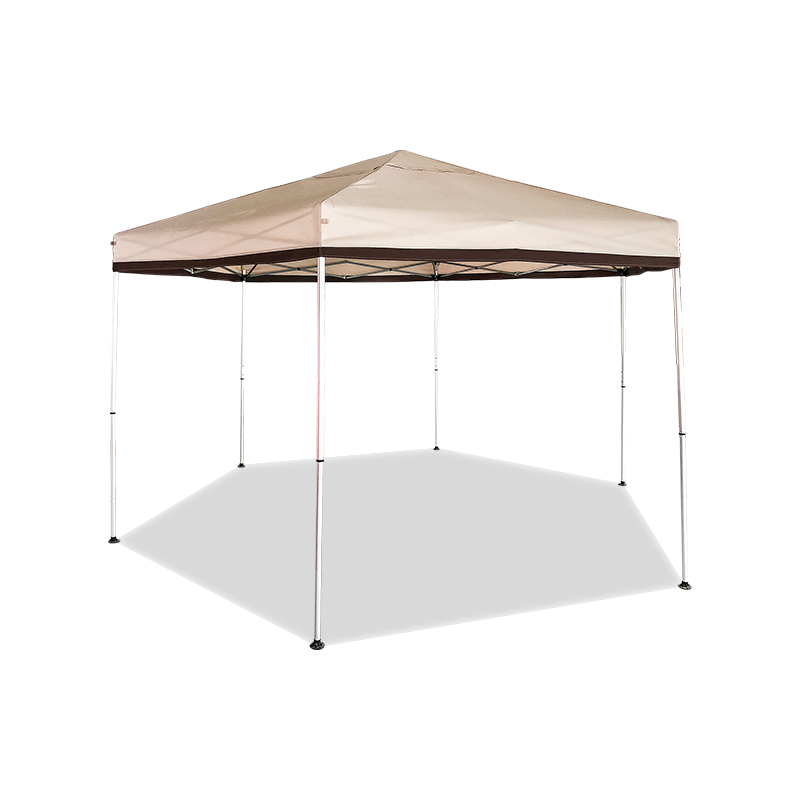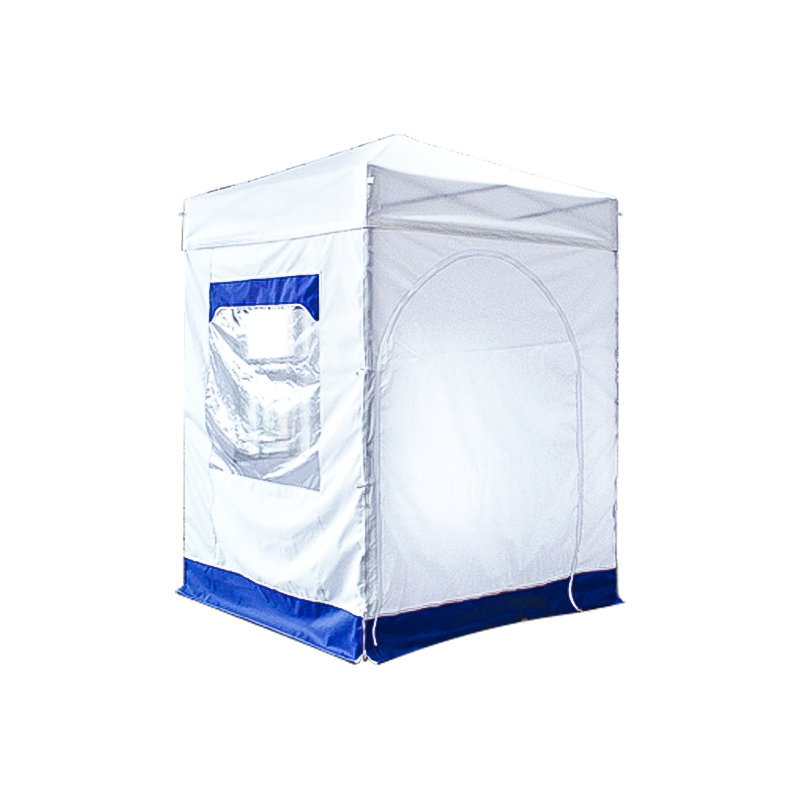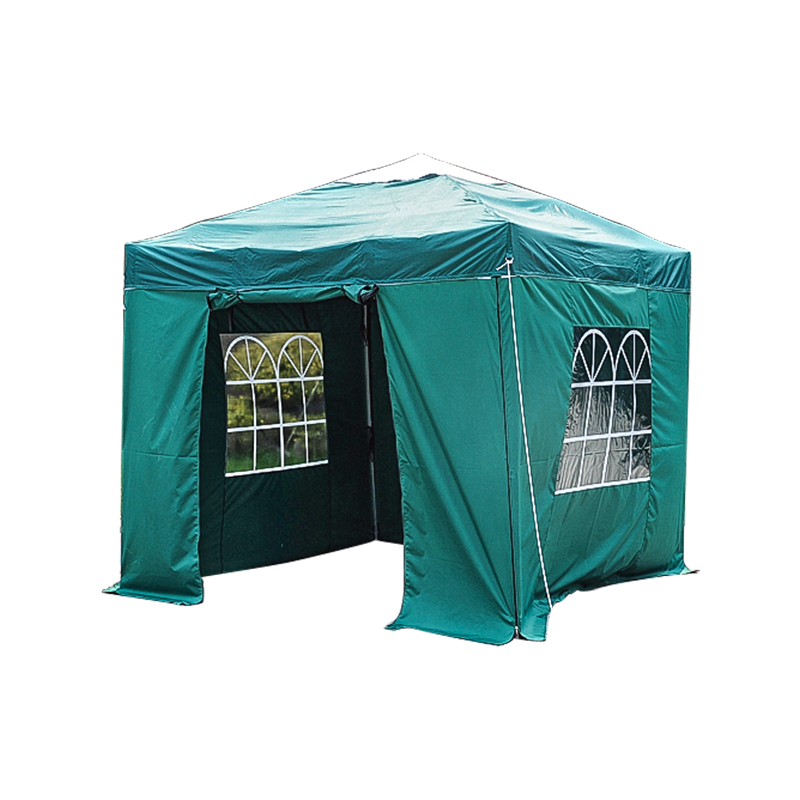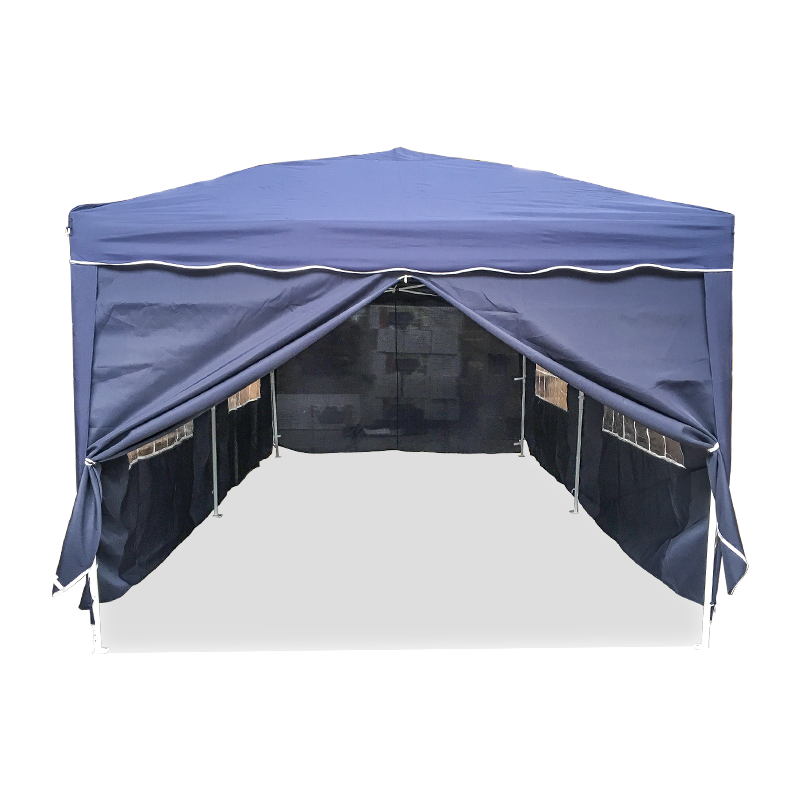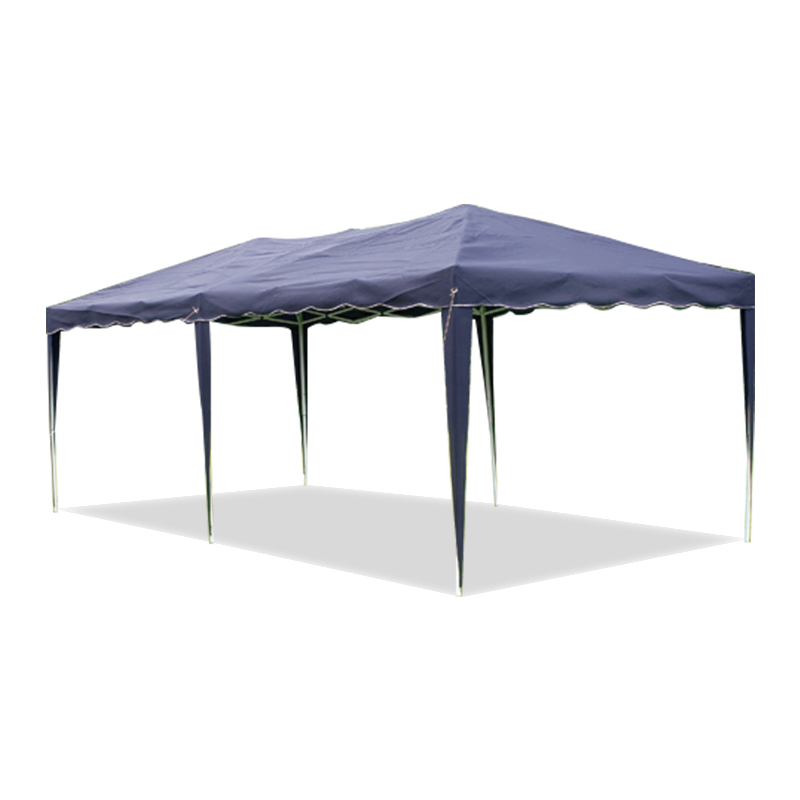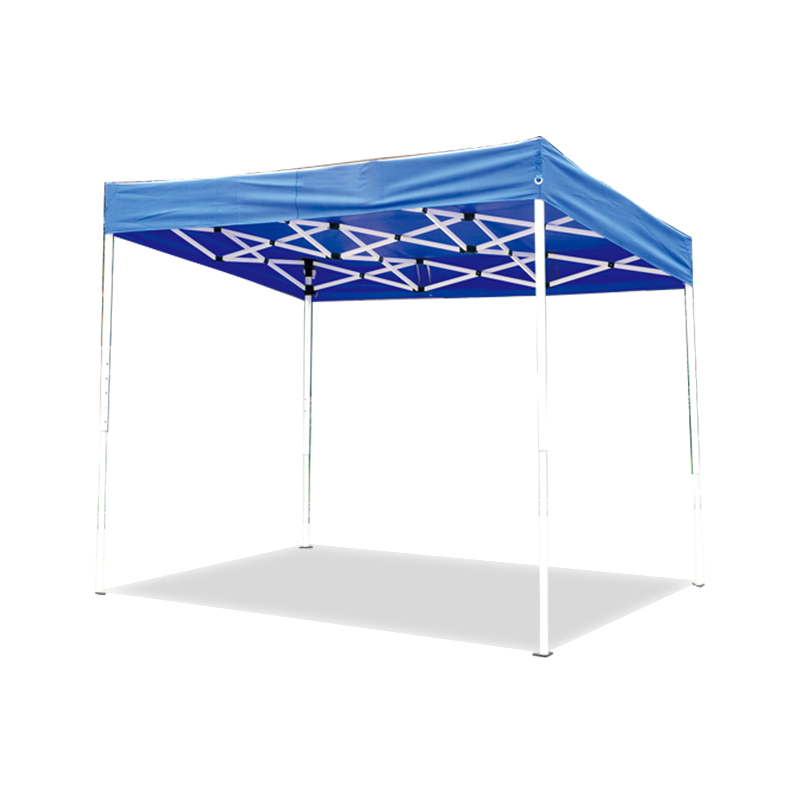Customer expresses intent; Communicate between the two parties; Provide analysis reports to customers; Reach a cooperation intention.
The roof of outdoor portable gazebos can be designed to be transparent, and transparent roof materials not only provide excellent natural lighting, but also bring beauty and modernity. The following are the advantages, design considerations, and potential challenges of transparent roofs:
1. Introduction of natural light
Maximizing Lighting: Transparent roofs allow direct sunlight to enter the interior of the gazebo, making the daytime space brighter and reducing the need for indoor lighting. It is particularly suitable for outdoor activity venues that want to utilize natural light, such as garden gatherings, barbecues, etc.
Openness: Transparent design makes the roof more like a large window, allowing users to enjoy the natural landscape outdoors, such as blue sky, starry sky, or tree shadows, increasing the openness of the space.
2. Enhance visual experience
More expansive view: Transparent roofs allow users of gazebos to enjoy rich natural scenery both day and night, creating an intimate connection with the natural environment.
Integration with the surrounding environment: If the gazebo is located in a natural environment such as a garden, lake, or forest, a transparent roof can better blend into the landscape and provide better visual enjoyment.
3. Common transparent materials
Polycarbonate (PC) sheet: Polycarbonate is a lightweight and durable transparent material with good impact resistance and high light transmittance, suitable for outdoor use. It can also effectively block ultraviolet rays and protect users from solar radiation.
Glass: High end portable gazebos may choose tempered glass or laminated glass as roof materials. Glass has excellent transparency and visual effects, providing unobstructed views.
Transparent film (such as PVC or TPU): Some designs use transparent film materials, which are usually lightweight and easy to install, providing certain waterproof and windproof capabilities for gazebos.
4. Anti UV function
Transparent materials such as polycarbonate sheets usually have good UV resistance, which can effectively block harmful UV rays, protect the skin from sun damage, and prevent materials from turning yellow or aging due to long-term exposure to UV rays.
5. Temperature control
Thermal isolation: Transparent roofs can provide ample sunlight, but in summer when the sun shines directly, the interior of the gazebo may become too hot. Therefore, choosing materials with thermal insulation function, such as polycarbonate with thermal insulation coating, can effectively prevent heat accumulation and maintain a comfortable temperature inside the gazebo.
Sunshade design: If the transparent roof design cannot completely block heat, adjustable sunshades or side curtains can be considered to help regulate the intensity of sunlight.
6. Aesthetic effect
Modern and minimalist style: Transparent roofs usually give people a simple and modern visual experience, especially suitable for modern home or outdoor environment design. It can bring a more fashionable appearance and is suitable for outdoor gatherings, weddings, or leisure spaces.
Night stargazing effect: At night, the transparent roof allows users to enjoy the starry sky or moonlight, enhancing the viewing and romantic feel of the gazebo.
7. Cleaning and maintenance
Dust and stains: Although transparent roofs are beautiful, they are prone to dust, stains, and bird droppings, so regular cleaning is necessary to maintain their transparency and aesthetics. Some materials, such as self-cleaning glass or polycarbonate with anti fouling coatings, can reduce this problem.
Maintenance work: Compared to opaque roofs, transparent roofs may require more maintenance and inspection, especially in dusty or rainy environments.
8. Windproof and rainproof
Transparent roof materials such as polycarbonate and glass are usually effective in resisting wind and rain, maintaining the stability of the gazebo. But it is necessary to ensure that the connection points between the roof and the structure are well sealed to prevent rainwater from seeping in.
Some membrane materials provide waterproof function, which can effectively prevent rainwater infiltration and are suitable for temporary construction and mobile use.

 English
English Español
Español